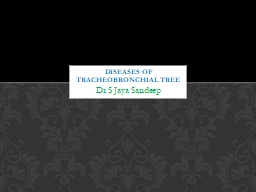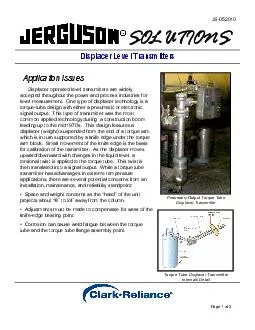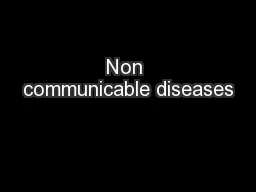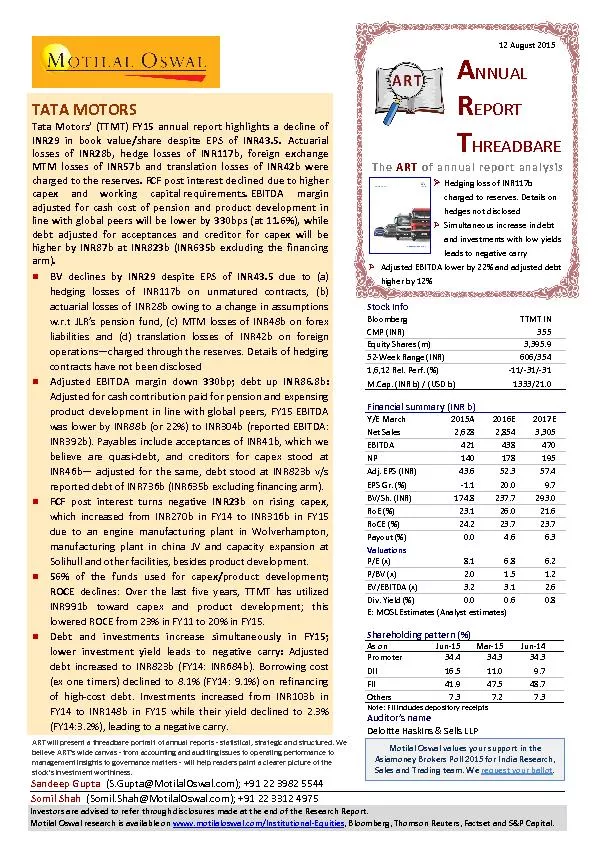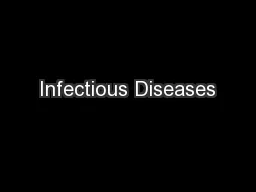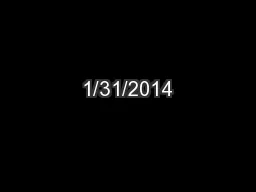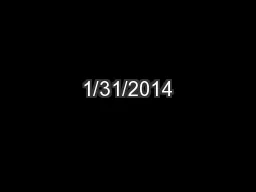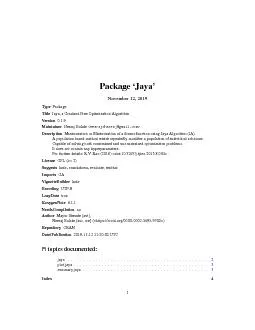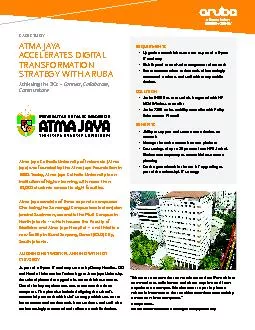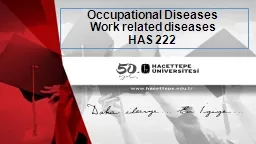PPT-Dr S Jaya Sandeep Diseases of
Author : rose | Published Date : 2024-01-29
Tracheobronchial Tree Acute tracheitis is an inflammation of the lining membrane of trachea which may follow laryngitis and bronchitis It may be caused by
Presentation Embed Code
Download Presentation
Download Presentation The PPT/PDF document "Dr S Jaya Sandeep Diseases of" is the property of its rightful owner. Permission is granted to download and print the materials on this website for personal, non-commercial use only, and to display it on your personal computer provided you do not modify the materials and that you retain all copyright notices contained in the materials. By downloading content from our website, you accept the terms of this agreement.
Dr S Jaya Sandeep Diseases of: Transcript
Download Rules Of Document
"Dr S Jaya Sandeep Diseases of"The content belongs to its owner. You may download and print it for personal use, without modification, and keep all copyright notices. By downloading, you agree to these terms.
Related Documents

